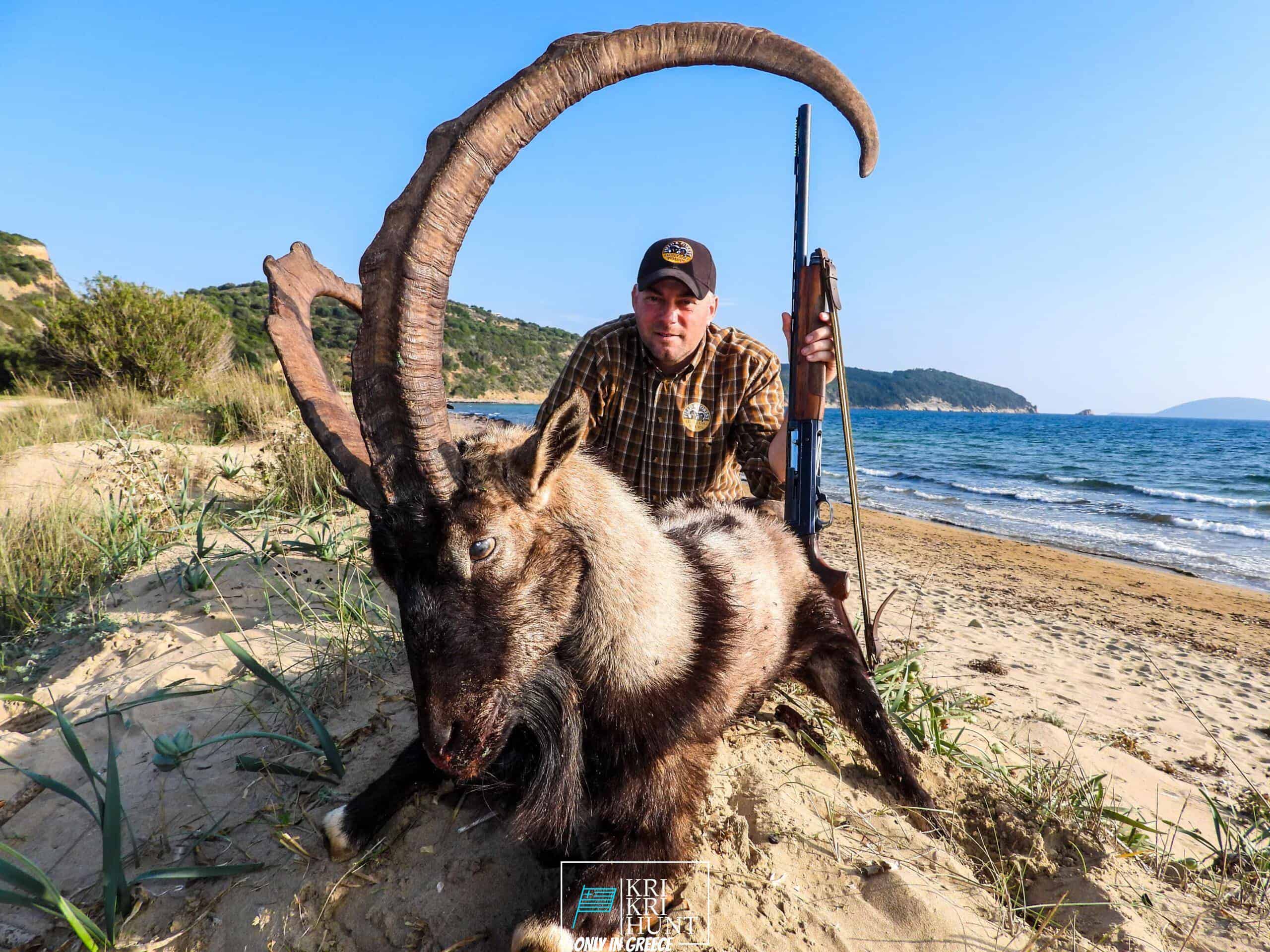
Searching for Kri Kri ibex in Greece is an impressive searching exploration and also superb trip done in one. Ibex hunting is typically a harsh experience, but not in this instance! Dive to shipwrecks as well as spearfishing in ancient Greece, or enjoy ibex searching in an unique place are simply a few of the important things you may do during a week lengthy ibex hunting expedition in Greece. Can you think of anything else?

Pursuing the kri kri ibex in Greece is an uphill struggle, especially if you're an international seeker. You need to be a local seeker in order to quest kri kri ibex, which can only be fired in specific very carefully safeguarded hunting areas like specific islands. On two islands, 150 kilometers/ Atalanty/ and also 300 kilometers/ Sapientza/ from Athens, we offer the opportunity to search this wonderful creature. It is just shot in unique searching areas from early morning till twelve noon, based on Greek regulation. Only shotguns might be used, and only slugs might be used. Slugs are the only ammunition permitted. To guarantee that just serious hunters are allowed on these explorations, you should schedule a year in advance for your certificate. The licenses are provided by the Greek Ministry of Nature as well as Agriculture and the federal government issues a specific number annually.
On our Peloponnese trips, you'll reach experience all that this impressive region needs to offer. We'll take you on a tour of several of one of the most historical and also attractive websites in all of Greece, including ancient damages, castles, as well as a lot more. You'll additionally reach experience several of the typical Greek society firsthand by appreciating several of the scrumptious food and wine that the region is known for. As well as naturally, no journey to Peloponnese would be complete without a dip in the sparkling Mediterranean Sea! Whether you're a skilled hunter searching for a novice tourist or a new adventure simply seeking to check out Greece's stunning landscape, our Peloponnese trips are excellent for you. What are you waiting for? Reserve your trip today!
If you are looking for a genuine Greek experience away from the hustle as well as bustle of tourist then look no further than Methoni in The Peloponnesos! Our outdoor searching for Kri Kri ibex, angling, free diving and touring Peloponnese tours from Methoni are the perfect means to discover this gorgeous area at your own pace with like minded individuals. Get in touch with us today to reserve your place on among our excursions.
What is the diference between Kri Kri ibex, Bezoar ibex and hybrid ibex
The kri-kri is not thought to be indigenous to Crete, most likely having been imported to the island during the time of the Minoan civilization. Nevertheless, it is found nowhere else and is therefore endemic to Crete. It was common throughout the Aegean but the peaks of the 8,000 ft (2,400 m) White Mountains of Western Crete are their last strongholds–particularly a series of almost vertical 3,000 ft (900 m) cliffs called ‘the Untrodden’—at the head of the Samaria Gorge. This mountain range, which hosts another 14 endemic animal species, is protected as a UNESCO Biosphere Reserve. In total, their range extends to the White Mountains, the Samaria National Forest and the islets of Dia, Thodorou, and Agii Pandes.
This Ibex is NOT a diminutive form of the Bezoar Ibex, which has migrated into the western-most reach of the range of this species. The kri – kri (Capra aegagrus cretica), sometimes called the Cretan goat, Agrimi, or Cretan Ibex, is a feral goat inhabiting the Eastern Mediterranean, previously considered a subspecies of wild goat. The kri-kri has a light brownish coat with a darker band around its neck. It has two horns that sweep back from the head. In the wild they are shy and avoid tourists, resting during the day. The animal can leap some distance or climb seemingly sheer cliffs.
“The agrimi goat Capra aegagrus cretica is unique to Crete and its offshore islands. It has been identi®ed as a sub-species of the wild bezoar goat Capra aegagrus aegagrus Erxleben, 1777, which it closely resembles in horn shape, body form and coloration. This classi®cation has been disputed by some researchers who claim that the agrimi are feral goats, derived from early domestic stock brought to the island by the ®rst Neolithic settlers. In order to clarify this issue, DNA analyses (cytochrome b and D loop sequences) were carried out on tissue of live and skeletonized agrimi and compared to sequences of wild and domestic caprines. Results conclusively show the agrimi to be a feral animal, that clades with domestic goats (Capra hircus) rather than with wild Asiatic bezoar. This study demonstrates that morphometric criteria do not necessarily re¯ect genetic af®nities, and that the taxonomic classi®cation of agrimi should be revised.”